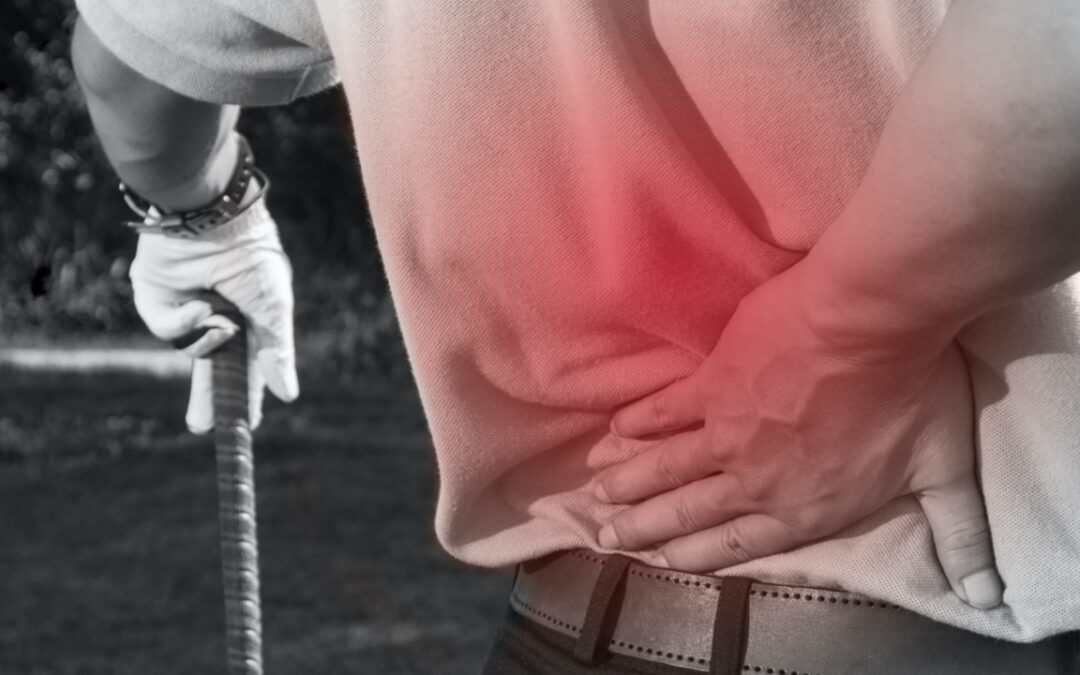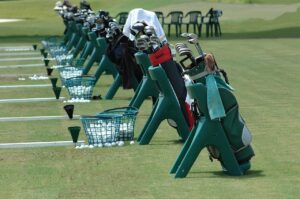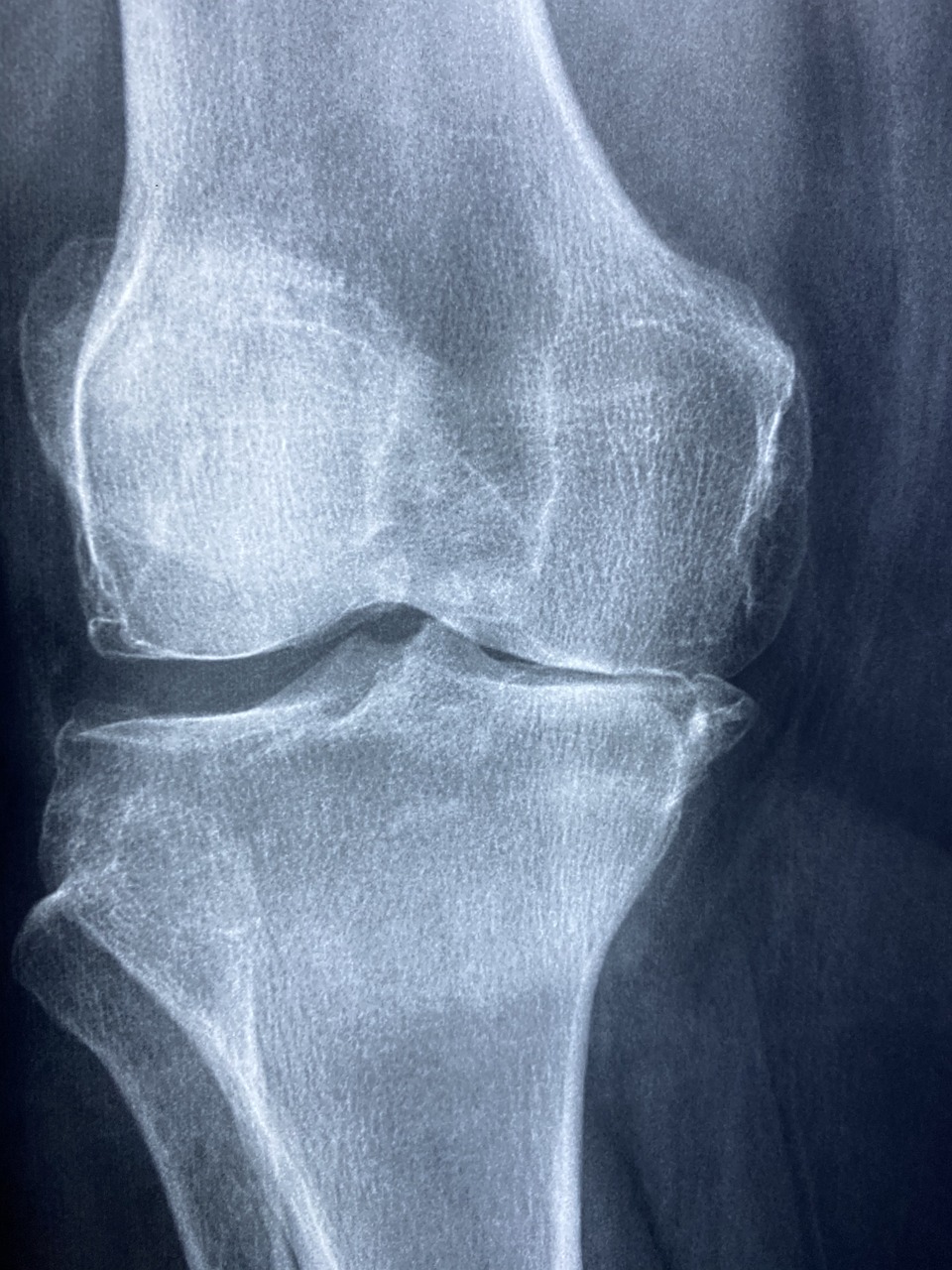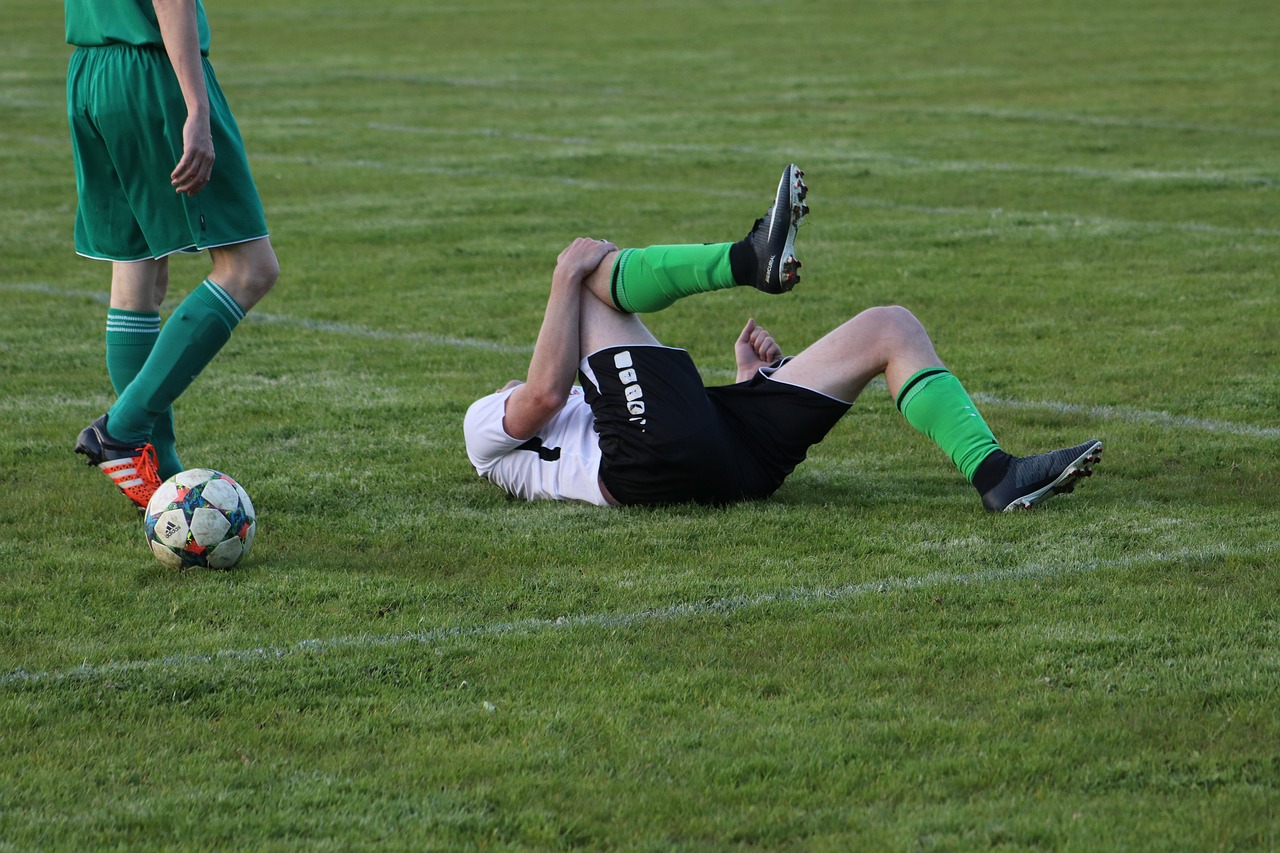In this article we look at the evidence behind why golfers can lower back and discuss areas which can be changed.
This is part 2 of a 3 part series which follows on from part 1 which looked at the anatomy of the spine and the forces applied through it during a swing.
Why Golfers Get Lower Back Pain
Injuries occur when the amount of force on the bodies tissues exceeds what it can cope with. In acute injuries they exceed it there and then. Instant pain. In chronic injuries, it the repeated nature of the stressing factors that creates the injury.
It is important to highlight that ligaments, tendons, muscles and our bones do and can adapt to repeated loads. This only occurs when you moderately increase the load and stress on the body. This MUST be combined with adequate time to allow for recovery.
Abnormal increases in load or stress will result in poor adaptions. Combine this with poor recovery leads to a chronic Injury. Improper loading and repetitive stress on tendons, ligaments connect the gluteals and the back extensor muscles to the spine and pelvis can lead to lower back pain
There is also been shown the endurance of the body has been seen as a risk factor. When we are fatigued we are more at risk of injury.
We must also understand that some people are just predisposed to develop lower back pain irrespective of their swing mechanics.
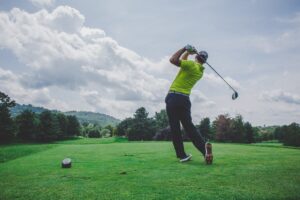
Asymmetry and Muscle Imbalances.
Suggestions that a right handed golfer could develop deterioration of their right L4/5 joint due to the combined repeated forces of trunk side bend combined with pelvic rotation as a contributing factor.
BMI, Your Age and Body Composition
Studies have shown to that Body Mass Index (BMI) has a positive coloration to lower back pain in golfers. But In fact golfers with a BMI > 25 experience more instances of lower back pain from instances outside of golf.
Your body composition may impact the distribution of force through the body. Taller or golfers with a longer swing arcs need the adequate support of the muscles to protect the lower back. Increased Age has also been suggested as a risk of developing LBP on golfers.
Previous Injury history
There have been several studies highlighting that if you have had a previous injury to your lower back then you are at more risk of it reoccurring. This means you should be more proactive in working to look after your lower back.
Poor technique and lower back pain.
Although there is no supporting research evidence to confirm or deny reasons for being faults give lower back pain we must explore what teaching professional see as flaws commonly seen in golfers with lower back pain.
Poor weight shift in side bend
In the backswing you should transfer around 40% of your body weight to rear leg. This combined with side bend towards the same leg. BUT when you side bend towards the lead leg instead you create a reverse spine angle. This places the spine in a poor position for starting the back swing. A lack of weight transfer to the rear leg during the back swing maybe as a result of the pelvis tilting forward. This increases the stress on spine and hips. Also reducing the performance of the downswing.
This lead side bend fault has even been seen in professionals who have reported suffering from lower back pain.
Poor Spine Positioning
In an optimum position, when a golfer address the golf ball their trunk is flexed to 45 degrees with a neutral lower spine. For those who have a variation on this low spine curve are at a disadvantage.
 For example:.
For example:.
When you increase flexion in the lower spine you reduce the amount of trunk and pelvic rotation.
When you increase extension you reduce trunk but increase pelvic rotation.
These changes affect the spinal muscle activity which reduces the amount of range you can move. A golf swing requires rotation of the trunk and pelvis. This is most efficient when the lower spine begins in neutral.
Hyperextension can occur in the lower spine during the follow through. This is some times referred to the ‘reverse C’. The follow through creates an increase of shearing forces on the spine and is commonly where golfers recognise pain during a swing.
Pelvic Sequences
During the ideal swing it is normal for the pelvis to change position. At the address, the lower spine should be neutral with the pelvis in slight forward (anteriors) tilted position. It then tilts backwards (posterior) at impact. Then back to anterior tilt in the follow through. This only occurs with correct muscle activation.
This sequence occurs because the muscles at the front of trunk activate during the downswing. Flexing the trunk and posterior tilting the pelvis. It has hyposithised that golfers with lower back pain have poor anterior strength. Therefore, create poor pelvic motion. The pelvis and lower spine rely on effective activation of all the muscles associated with the pelvis. This allow the optimum trunk flexion of 45 degree and neutral lower spine.
In the final part we explore what happens when you actually choose to play golf with lower back pain and give suggested solutions to overcoming them.
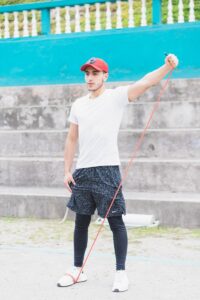
You can read part 3 here.
If you have lower back pain then you can visit our website or can just book online
